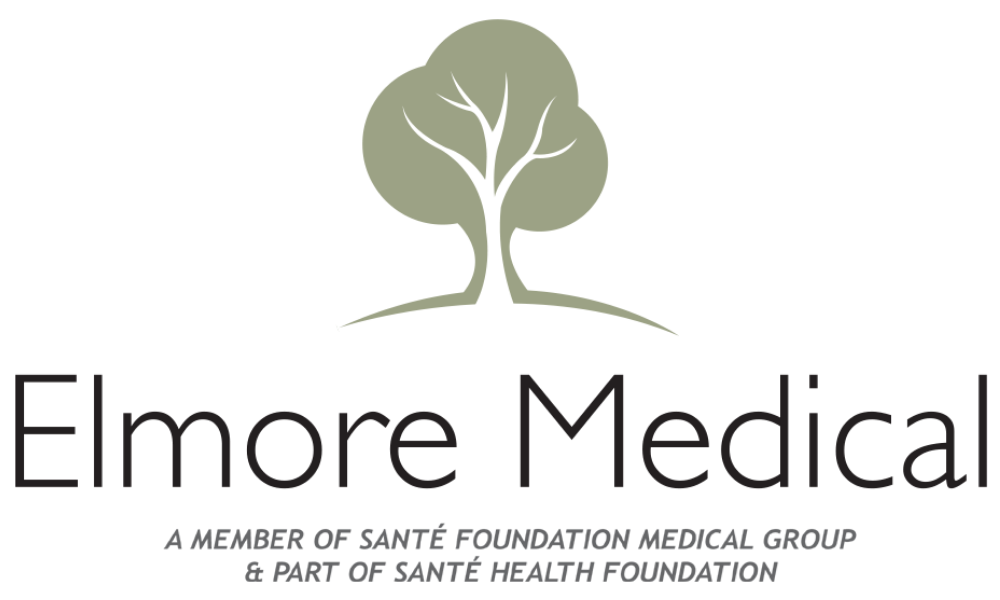The Impact of High Heels on Vein Health
High heels have long been considered a staple in many wardrobes, synonymous with sophistication, fashion, and power. But behind the aesthetic appeal lies a hidden toll on the body—particularly on the veins. While most discussions around high heels center on foot pain or posture problems, their effect on vein health is often overlooked. Understanding how high heels impact your veins is essential, especially for those who wear them frequently for work, social events, or style.
How Vein Health Works
To grasp how footwear affects vein health, it’s important to understand the basics of how veins function. Veins carry deoxygenated blood from various parts of the body back to the heart. In the legs, this journey is against gravity, and the body relies heavily on calf muscles to pump the blood upward through a series of valves that prevent backflow.
When we walk normally—especially in flat or supportive shoes—each step activates the calf muscle pump. This muscle contraction helps push blood upward through the veins. However, when wearing high heels, this mechanism can be disrupted.
What Happens When You Wear High Heels
High heels alter the natural walking pattern, shifting the body’s weight forward and changing how the muscles in your legs engage. Instead of a heel-to-toe stride that activates the full range of calf motion, high heels restrict movement and reduce the effectiveness of the calf muscle pump.
Key changes caused by high heels include:
Reduced calf muscle engagement: With the heel elevated, the calf muscle stays contracted, limiting the pumping motion that aids in circulation.
Restricted ankle movement: High heels limit the ankle's range of motion, further reducing the natural mechanics that support venous return.
Increased venous pressure: The disruption in circulation can cause blood to pool in the lower legs, increasing the risk of vein conditions.
These changes may not cause immediate harm, but over time, they can contribute to more serious vein issues, especially for people already at risk.
Common Vein Problems Linked to High Heel Use
There is a growing body of research suggesting a connection between prolonged high heel use and venous insufficiency. Here are a few vein conditions that may be exacerbated or triggered by wearing high heels:
1. Varicose Veins
One of the most noticeable effects of poor circulation is the development of varicose veins—swollen, twisted veins that appear close to the skin’s surface, usually on the legs. Because high heels restrict venous flow, they can contribute to the formation of these unsightly and sometimes painful veins.
2. Chronic Venous Insufficiency (CVI)
CVI occurs when the veins in the legs can’t efficiently return blood to the heart, often due to valve dysfunction. This condition leads to symptoms such as leg swelling, aching, heaviness, and skin changes. Wearing high heels regularly may accelerate the weakening of vein valves and muscle inefficiency, worsening CVI over time.
3. Spider Veins
These smaller, web-like clusters of veins just under the skin can also be related to poor circulation. Though not as serious as varicose veins, they can be an early sign of underlying venous issues.
Is All High Heel Use Harmful?
Wearing high heels occasionally isn’t likely to cause major vein problems in otherwise healthy individuals. However, frequency, duration, and heel height all play a role in how much stress your veins experience.
Moderate, infrequent use—especially in heels under two inches—likely poses minimal risk. Problems tend to arise with extended daily use, especially when combined with other risk factors like prolonged standing, genetics, pregnancy, or obesity.
Preventive Measures for Heel Wearers
If you love your heels and don’t want to part with them, the good news is that there are ways to reduce the impact on your veins:
Alternate Your Footwear
Switch between heels and flats or supportive sneakers throughout the day. Giving your veins a break from the restricted motion of heels can help maintain healthy circulation.
Choose Smarter Styles
Opt for lower, chunkier heels instead of stilettos. Shoes with a broader base provide more stability and allow for better muscle engagement while walking.
Incorporate Calf Stretches and Exercises
Strengthening and stretching your calves can help offset the muscle inactivity caused by high heels. Exercises like calf raises and ankle rolls are simple and effective.
Use Compression Stockings
If you're wearing heels for long periods—especially during events or workdays—compression stockings can aid venous return and reduce swelling or discomfort.
Take Movement Breaks
Avoid standing or sitting still for long stretches in heels. Take breaks to move around, flex your ankles, or elevate your feet when possible.
When to Seek Help
Persistent leg fatigue, swelling, heaviness, or the visible development of varicose or spider veins shouldn't be ignored. These may be early indicators of venous insufficiency. Consulting a vein specialist or a medical professional can help identify the cause and offer personalized treatment or prevention strategies.
Conclusion: Fashion Meets Function
High heels may be iconic in fashion, but their effect on vein health is anything but glamorous. By understanding how they impact circulation and recognizing the signs of vein distress, you can take proactive steps to protect your vascular health. Whether it’s opting for a lower heel, stretching regularly, or simply being mindful of how long you’re on your feet, small adjustments can go a long way.
Your vein health matters—and you don’t have to choose between style and wellness. With a balanced approach, you can support both.
If you’ve noticed signs of vein discomfort or want to explore ways to protect your vascular health, schedule a consultation with our vein care specialists today. We’re here to support you—from education to prevention and treatment—so you can walk confidently, in any shoe.
Elmore Medical Vein & Laser Treatment Center is the premier vein specialty medical practice in the Central Valley. Dr. Mario H. Gonzalez and his staff offer years of experience and medical expertise that you won’t find anywhere else. Contact us to set up a consultation appointment.

